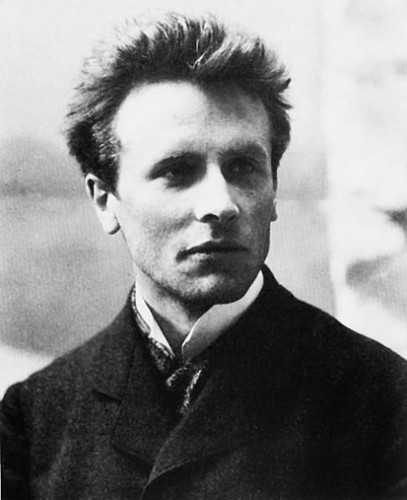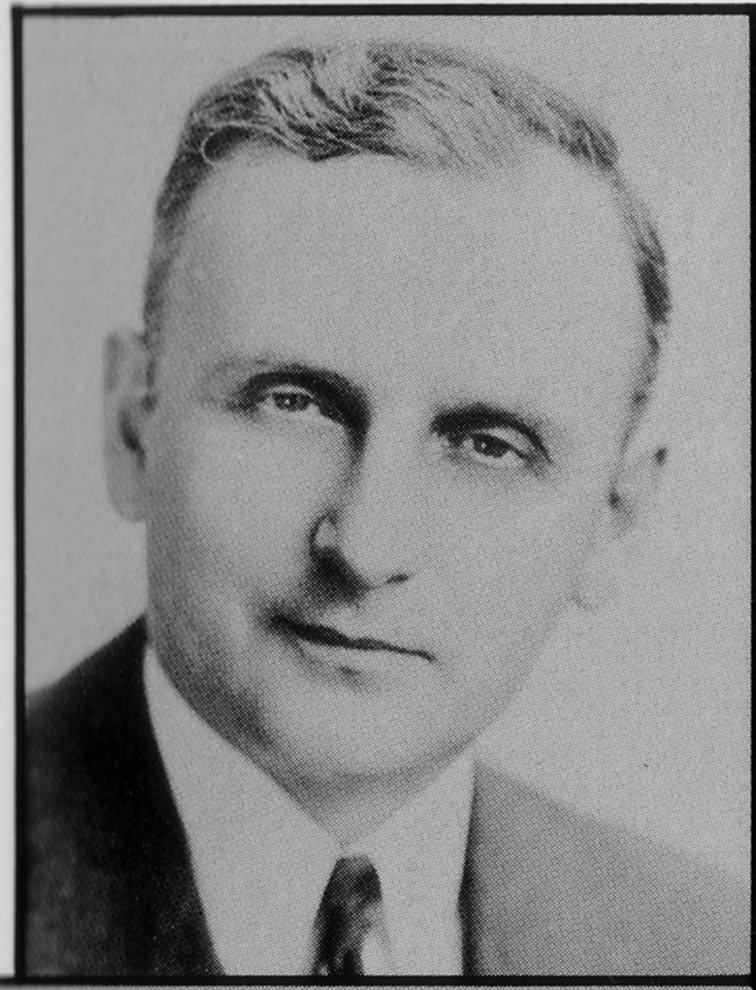Around 1830 Abba Michon became interested in handwriting analysis. He published his findings shortly after founding Sociate Graphologique in 1871. The most prominent of his disciples was J. Crapieux-Jamin who rapidly published a series of books that were soon published in other languages. Starting from Michon's integrative approach, Crapieux-Jamin ended up with a holistic approach to graphology.
J. Crapieux-Jamin
Alfred Binet was convinced to do research into graphology from 1893 to 1907. He ended up calling it "The science of the future", despite graphologists' rejecting the results of his research.After World War I, interest in graphology continued to spread in Europe as well as the United States. In Germany during the 1920s, Ludwig Klages founded and published his finding in Zeitschrift fur Menschenkunde (Journal for the Study of Mankind). His major contribution to the field can be found in Handschrift und Charakter.
Ludwig Klages
Thea Stein Lewinson and J. Zubin modified Klage's ideas, based upon their experience working for the U.S. Government, publishing their method in 1942. In 1929 Milton Bunker founded The American Grapho Analysis Society teaching Graphoanalysis. This organization and its system split the American graphology world in two. Students had to choose between Graphoanalysis or Holistic Graphology. Whilst hard data is lacking, anecdotal evidence indicates that 10% of the members of International Graphoanalysis Society(IGAS) were expelled between 1970 and 1980 [36]. By the time Peter Ferrera died in 1991, the decimation of IGAS members had resulted in a decline of the influence of Graphoanalysis, and IGAS on American graphology.
Milton Bunker
Klara G. Roman was the most prominent of the German refugee scholars. Her books are still considered to be foundations for contemporary American Holistic graphology. She taught at the New School for Social Research in New York, and was succeeded there by Daniel S. Anthony and Florence Anthony. Klara G. Roman's book on handwriting
Handwriting Workshops Unlimited was organized by Charlie Cole as a series of lectures for advanced students of Graphoanalysis. These lectures featured holistic graphologists such as Thea Lewinson and Klara Roman. By 1960 all of the participants had been expelled by IGAS. These individuals went on to form the American Handwriting Analysis Foundation. Later mass expulsions of IGAS members led to the formation of other societies, such as the American Association of Handwriting Analysts that were orientated towards Holistic graphology.In 1972 talks between the American Handwriting Analysis Foundation and the American Association of Handwriting Analysis started, with the aim to form a single organization. Those talks resulted in the creation of the Council of Graphological Societies in 1976.
Logo of the Council of Graphological Societies
Since the rise of the Internet in the early 1990s, the graphology organizations have suffered major declines in membership. However, due to email lists, communication between graphologists representing different approaches has increased.






I would increase the size of your text, other than that it seems like a great post with good info.
ReplyDeleteHandwriting analysis is an effective and reliable indicator of personality and behavior, and so is a useful tool for many organizational processes, for example: recruitment, interviewing and selection, team-building, counseling, and career-planning. I as personal use such analysis before recruiting and making business deals
ReplyDeleteHello,
ReplyDeleteYour post is so much informative because I don't know about this handwriting history. Thanks for sharing this informational post please give me update like this in future also.
Thanks for sharing.
Regards
Handwriting Analysis
Graphology - the learn of handwriting and handwriting analysis - is now an conventional and increasingly used technique for estimation of people in organizations. Handwriting analysis is an effective and dependable indicator of character and activities, and so is a useful tool for lots of organizational processes, for ex: recruitment, interviewing and selection, team-building and career-planning.
ReplyDeleteHandwriting Analysis